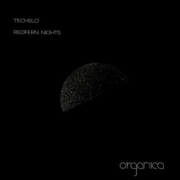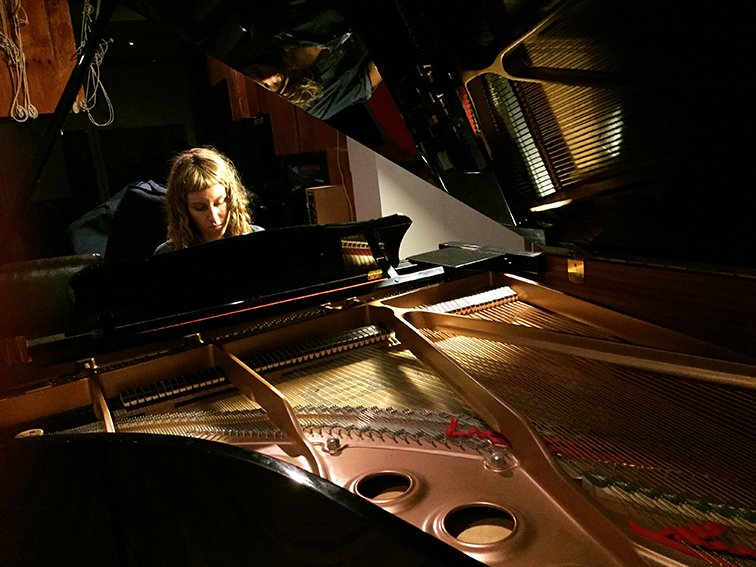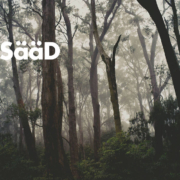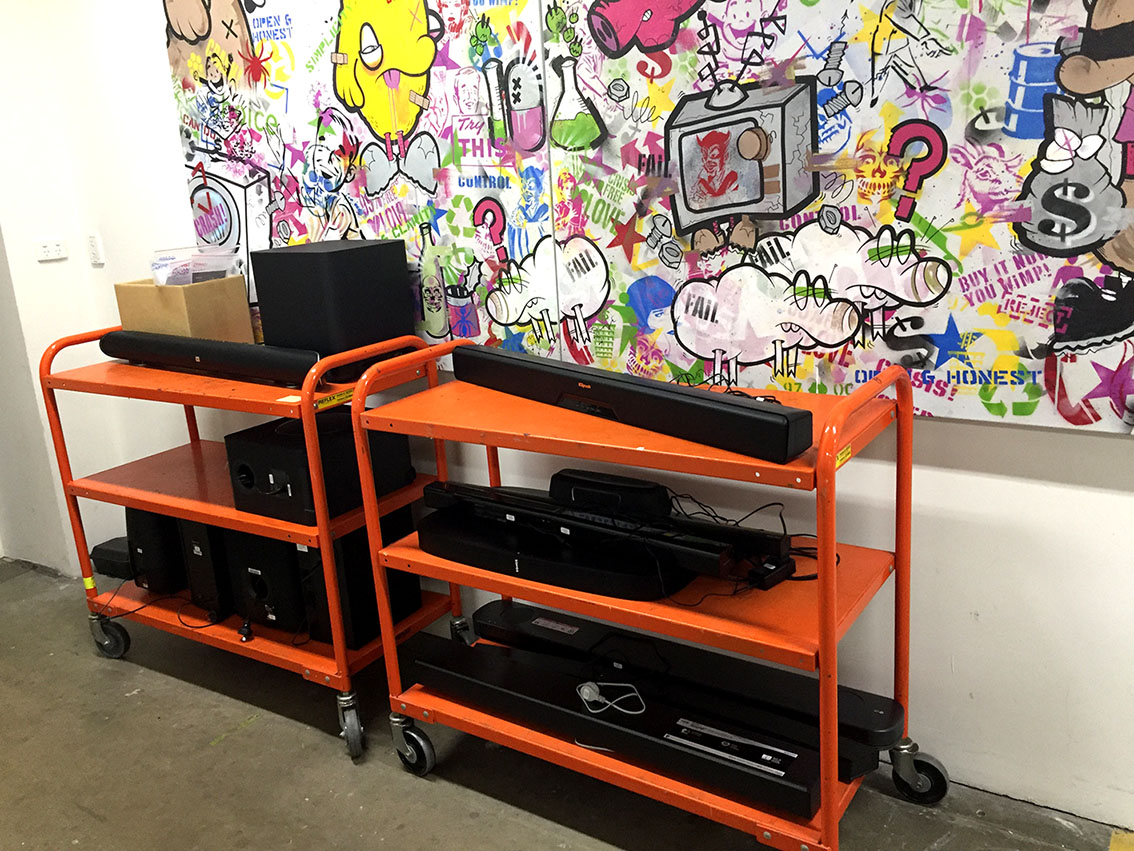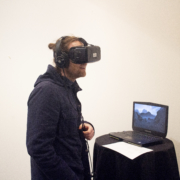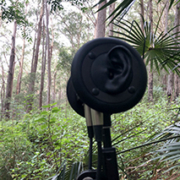Dub Techno release on Organica Sounds
In recent news, my Dub Techno alias TEChSLo had a release on Italian label Organica Sounds.
Titled Redfern Nights, the release is somewhat of an ode to my old Redfern neighbourhood. The record takes field recordings taking during the wet Redfern winter of 2018 and weaves them with more typical dub techno instrumentation such as dubbed chord stabs and 4×4 kick patterns.
The record is available on DJ friendly platforms such as Beatport and streaming services such as Spotify.
A film clip was also created which was mostly used for Instagram. I have recently posted a long play version on Youtube for those interested.
The rest of this post shall involve a reflection on the production:
I used field recordings of rain to emulate the noise floor and textural sounds that I have always loved in seminal records from Basic Channel and other alumni such as Echospace Detroit.
To achieve the maximal width, these stereo recordings have often been split into mono and placed out of sync to maximise left and right channel differences.
Embracing the Dub Techno emphasis on shifting tonality rather than chord structures, I have used a lot of the Max for Live LFO tool on this record. Specifically, each track has used multiple LFOs to slowly shift filter cut off frequencies and other variables. See my Youtube channel for tutorials relating to such techniques.
Tracks 4 & 5 are interesting to me and reflect my interest in the idea that a remix can be an opportunity to take a reductionist approach to the original sounds; stretching and turning them into their most basic tone or texture. These two reductions were heavily inspired by the works of Variant.
In researching many of my favourite Dub Techno producers, it has been noted that many of them have used reel to reel tape machines in their production. To emulate this analogue tape warmth, I have recorded all the audio stems to cassette tape and then re-digitised before the final mix. From a production standpoint, it has been interesting to see the harmonic stimulation and the softening of transients that such a technique has resulted in.
That’s probably enough of a nerdy audio reflection on the minutiae. If you have made it this far, I hope some of the above-mentioned technique inspires your own production.

